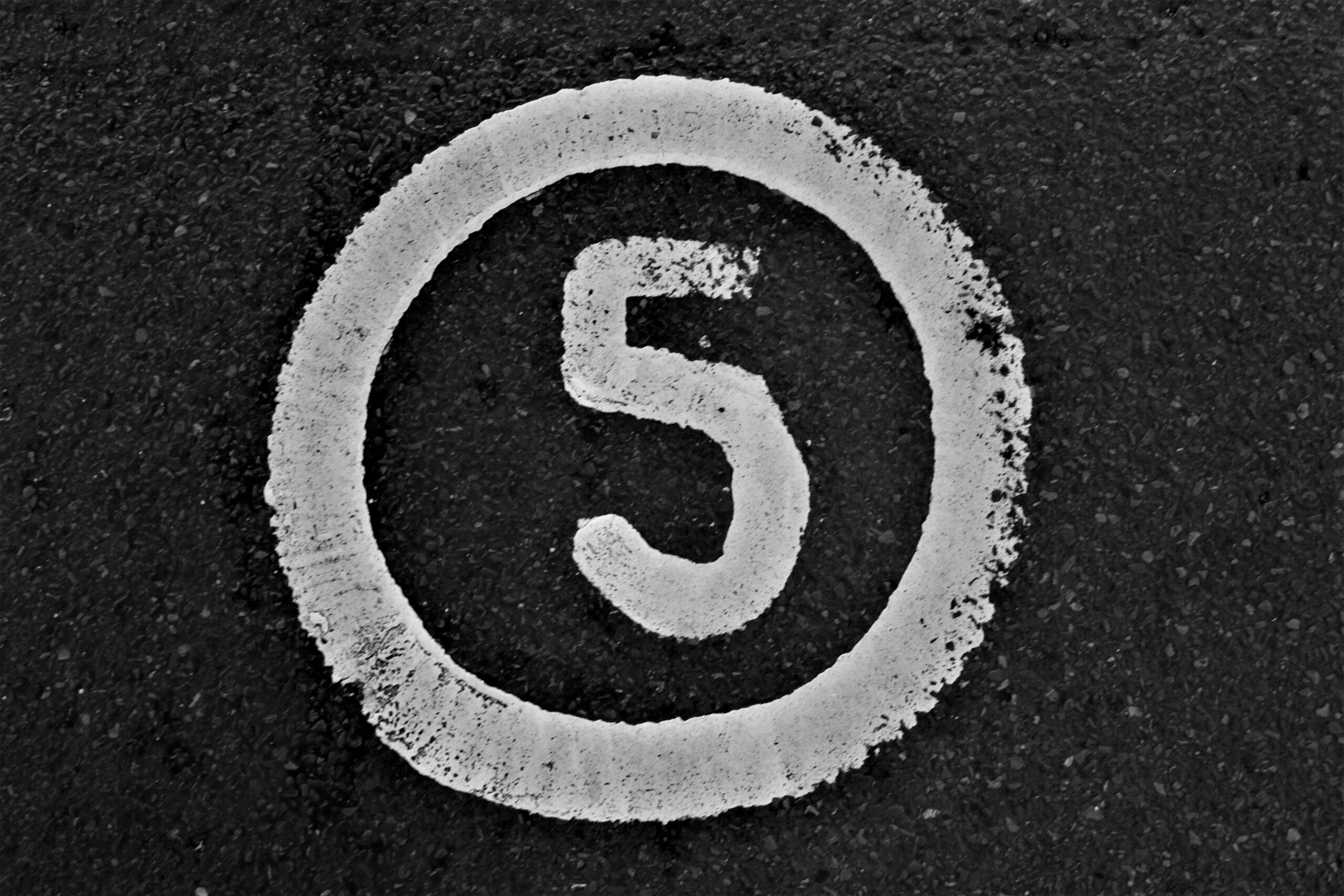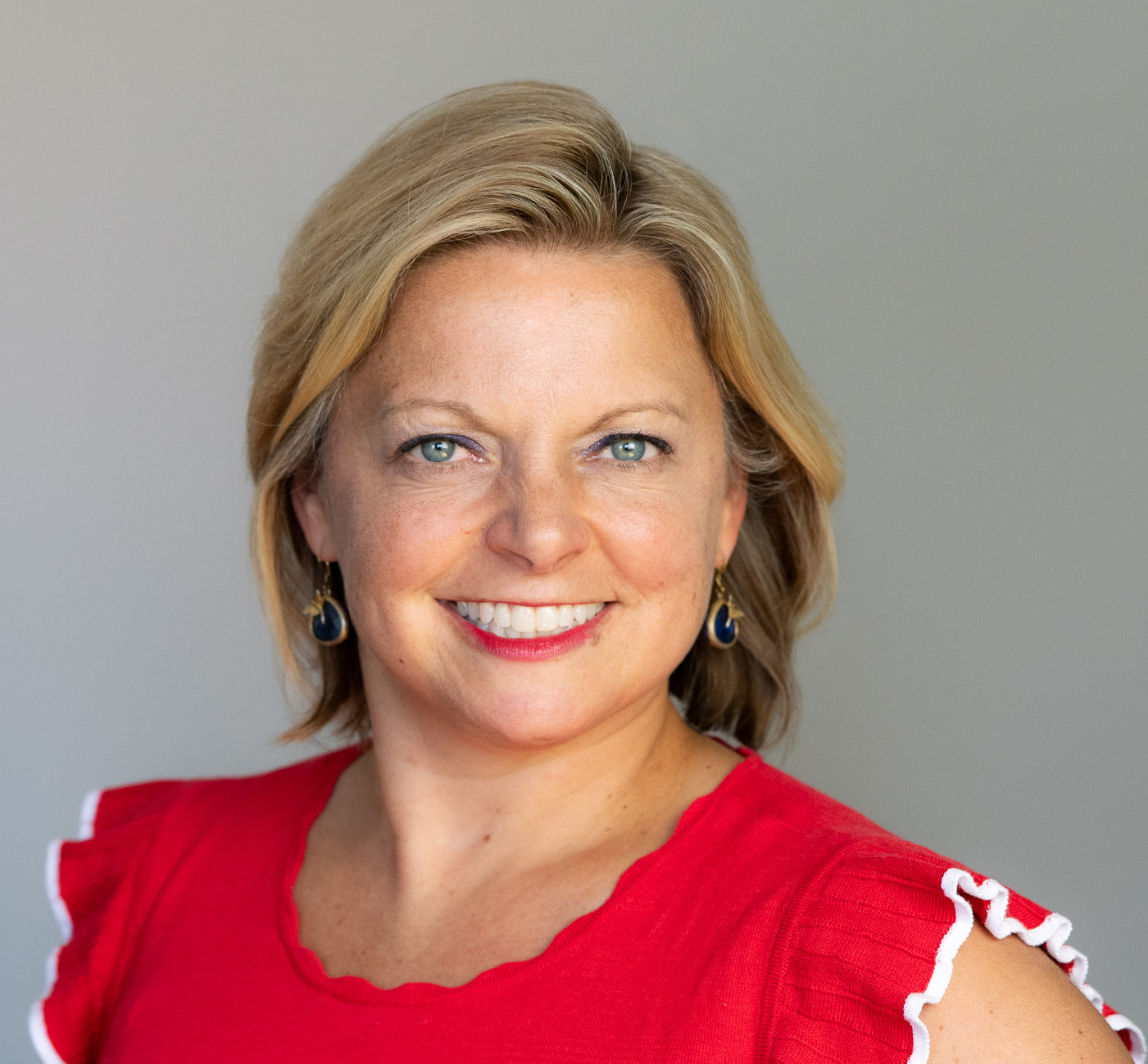5 things you should know about the Center for Disaster Philanthropy

Before I joined the CDP team, I was a fan of the organization for being a pioneer in providing private resources to humanitarian crises, but I didn’t know how it worked. I knew that CDP was founded with a mission to educate philanthropy about disasters and that it granted funds to organizations in the U.S. and abroad. How it designated those funds and to whom was more of a mystery to me.
Now that I’m several months into my role as the senior director of consulting, I’ve learned more about how CDP operates. Here are a few things I think you should know about the work of CDP:
1. CDP operates pooled donor funds. What exactly is a pooled donor fund? It’s a thematic fund made up of money from multiple sources. Our founder often describes it as a “mutual fund approach” whereby different donors put various amounts of money into a fund for a specific disaster. As the fund matures, CDP’s program team assesses the needs for that disaster and identifies vetted grantee partners with a focus on supporting local organizations and historically marginalized groups. In 2021, CDP awarded $29.9 million to 140 nonprofit organizations.
We have two general funds, the Disaster Recovery Fund for domestic disasters, and the Global Recovery Fund for international disasters and humanitarian crises. These catch-all funds enable us to provide resources to small and medium-scale disasters that do not have a separate fund. CDP has a tiered disaster response framework, and we also help our clients develop strategic plans for their own disaster framework based on their geography and areas of interest.
We also manage funds for major disasters including the Global Hunger Crisis Fund, Ukraine Humanitarian Crisis Recovery Fund, Atlantic Hurricane Season Recovery Fund, COVID-19 Response Fund, California Wildfires Recovery Fund and the Midwest Early Recovery Fund. We open new funds when we see unmet needs. Our newest fund, the Tornado Recovery Fund, is in response to tornadoes in Alabama and Georgia and will also support future tornado-affected areas in the United States.
2. Our response to disasters is flexible and dynamic. Unlike other funders, CDP is in regular communication with a philanthropic network that includes corporations, donor-advised funds (DAFs), foundations and private donors that are committed to disaster response and recovery. As these donors allocate funds to CDP, our team grants more funds to our grantee partners.
We do not have a specific annual calendar or deadline for giving a certain amount of funds. As money comes in, grants go out.
Before joining CDP, I admired the work of the Global Refugee Crisis Fund which supported daycare centers for children affected by the war in Syria. This fund is no longer active, but the ongoing needs are met through our Global Recovery Fund. Generous individuals and major donors give to CDP. Find out more about how you can contribute to our funds.
3. CDP focuses on long-term recovery, not immediate relief. We want our funds to go to where the need is greatest. We know that most of the funds for disasters are allocated within the first five days of a major event. As the news cycle turns to other breaking stories, contributions diminish leaving communities to struggle with the long-term effects of the disaster.
Measuring the State of Disaster Philanthropy, our signature report on disaster giving, found that 90% of the $5.2 billion in disaster grants from institutional funders in 2020 went to response, only 1% to preparedness and 2% to recovery. CDP addresses this gap by supporting the long-term recovery needs of our nonprofit partners and encouraging our donor network to do the same. As the senior director of consulting, I advise clients on how to shift their resources from relief to recovery and develop relationships with a committed group of partners.
4. We are committed to racial and intersectional equity. The board and staff are committed to challenging the persistent inequities in the U.S. and worldwide. Our Statement on Racial and Intersectional Equity (RIE) envisions CDP as an anti-racist organization guided by values that promote racial justice, intersectional equity, and the empowerment of disenfranchised and marginalized people. This commitment is further exemplified by the fact that 81% of our funds go to historically disadvantaged groups (as demonstrated through our recent Grantee Perception Report). We have a set of values that informs our work that includes integrity, boldness and innovation, humility, and empathy.
5. We offer consulting services to corporations, donor-advised funds (DAFs), and community and private foundations. As CDP provides resources for local communities affected by disasters and humanitarian crises, we want to help the philanthropic community do the same. We help clients take the guesswork out of who, what and where to fund. We provide technical support and develop frameworks that guide our clients toward strategic, sustainable investments in their communities and the marketplace. Learn more about our consulting services.
Overall, I like to think of CDP as providing a new model of humanitarian financing that offers the private sector a dynamic mechanism to meet the needs of humanity. We facilitate the exchange of resources so disaster-affected communities have the tools they need to rebuild and recover. We’re also here for you if your organization wants to achieve greater impact, develop a strategic plan for disasters or join our dynamic network of donors.
Contact me to learn more about CDP.
